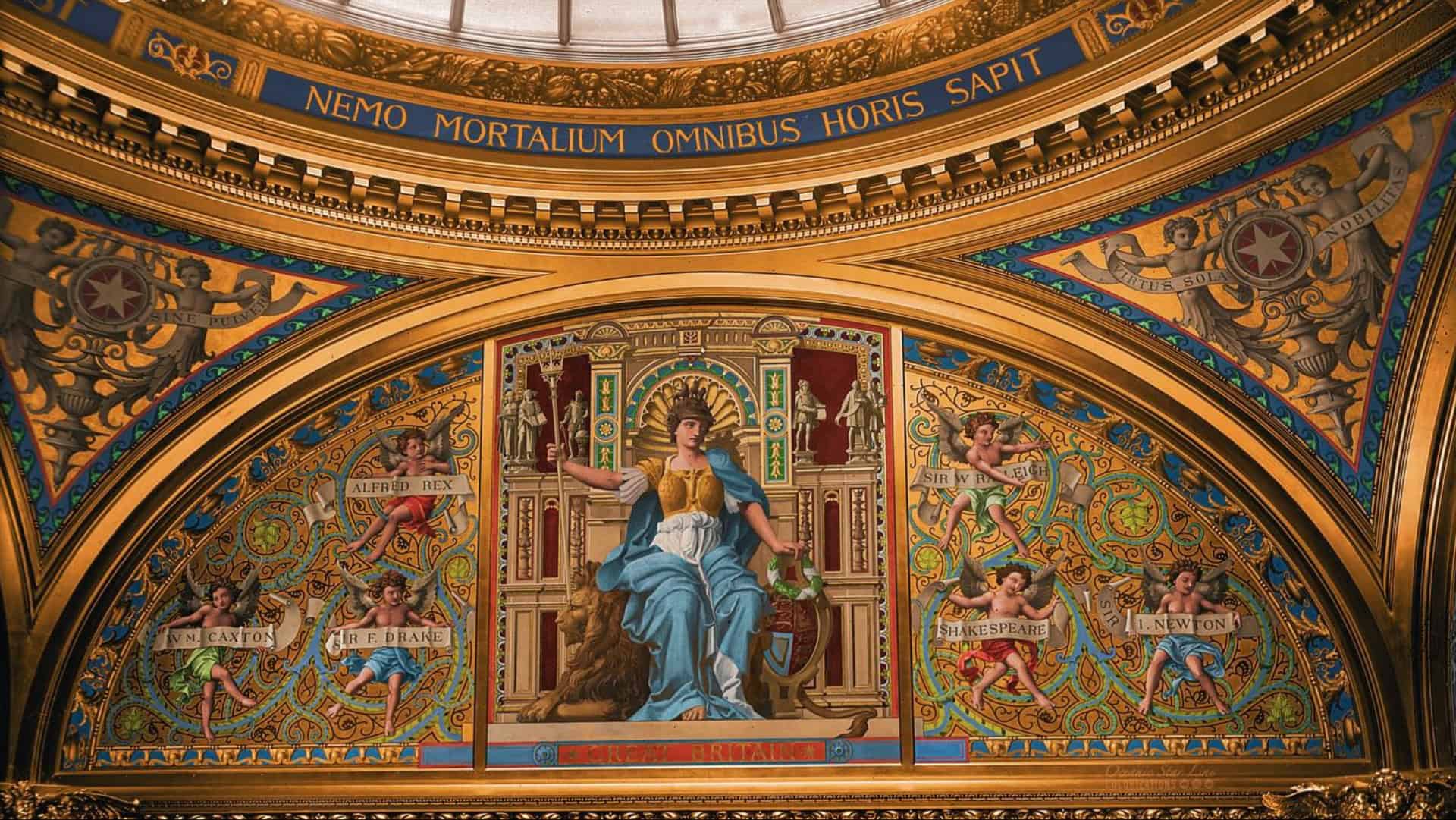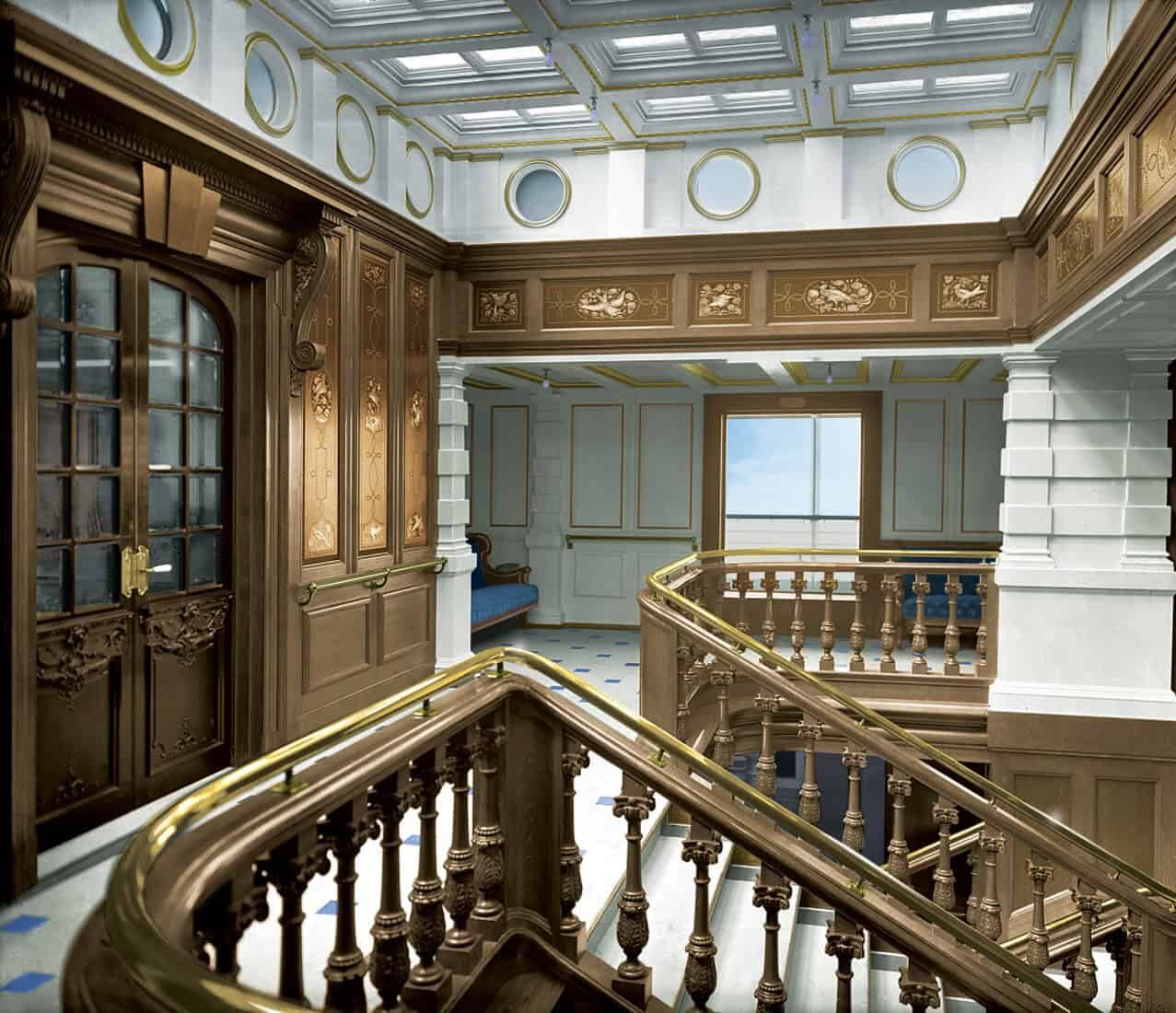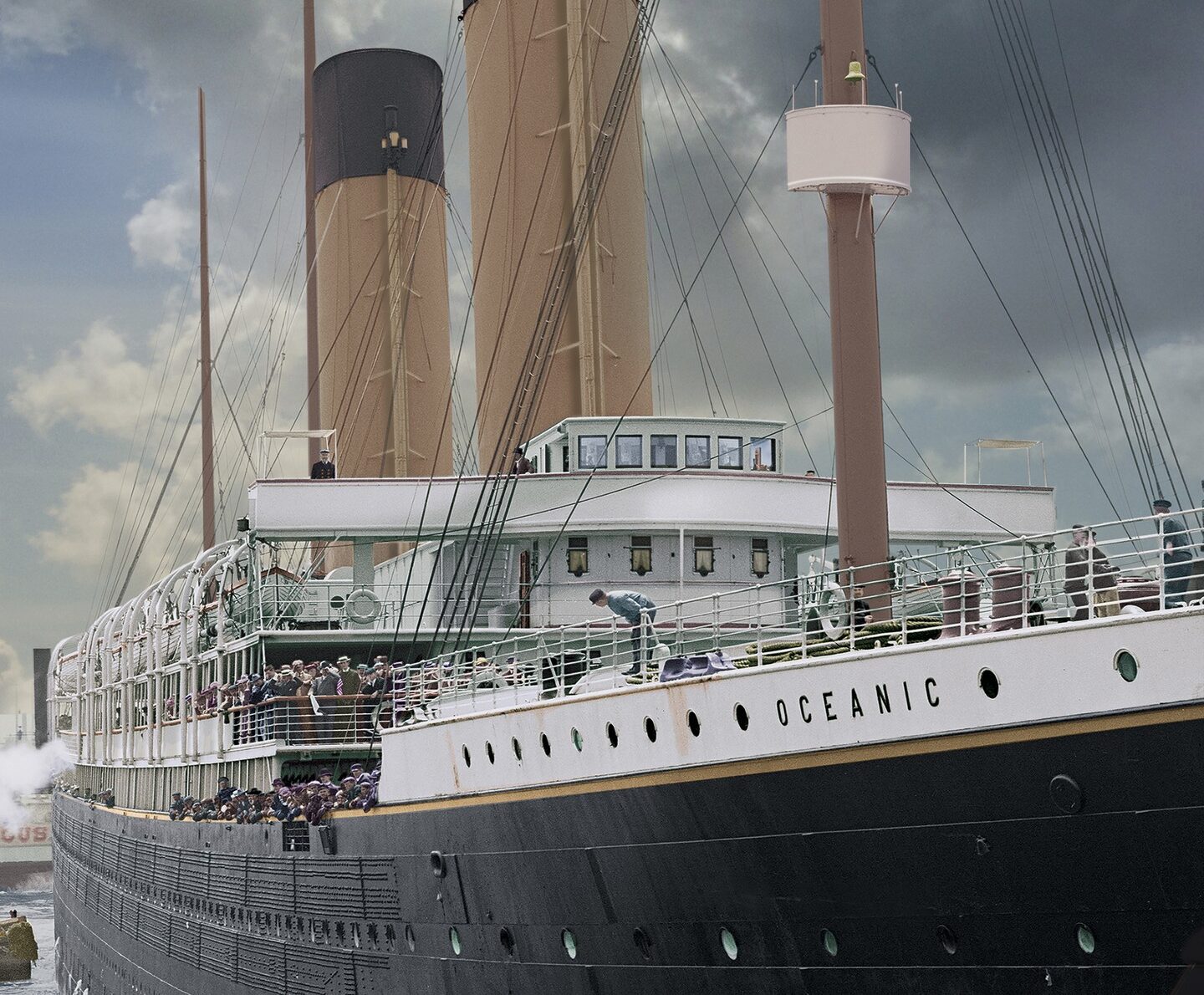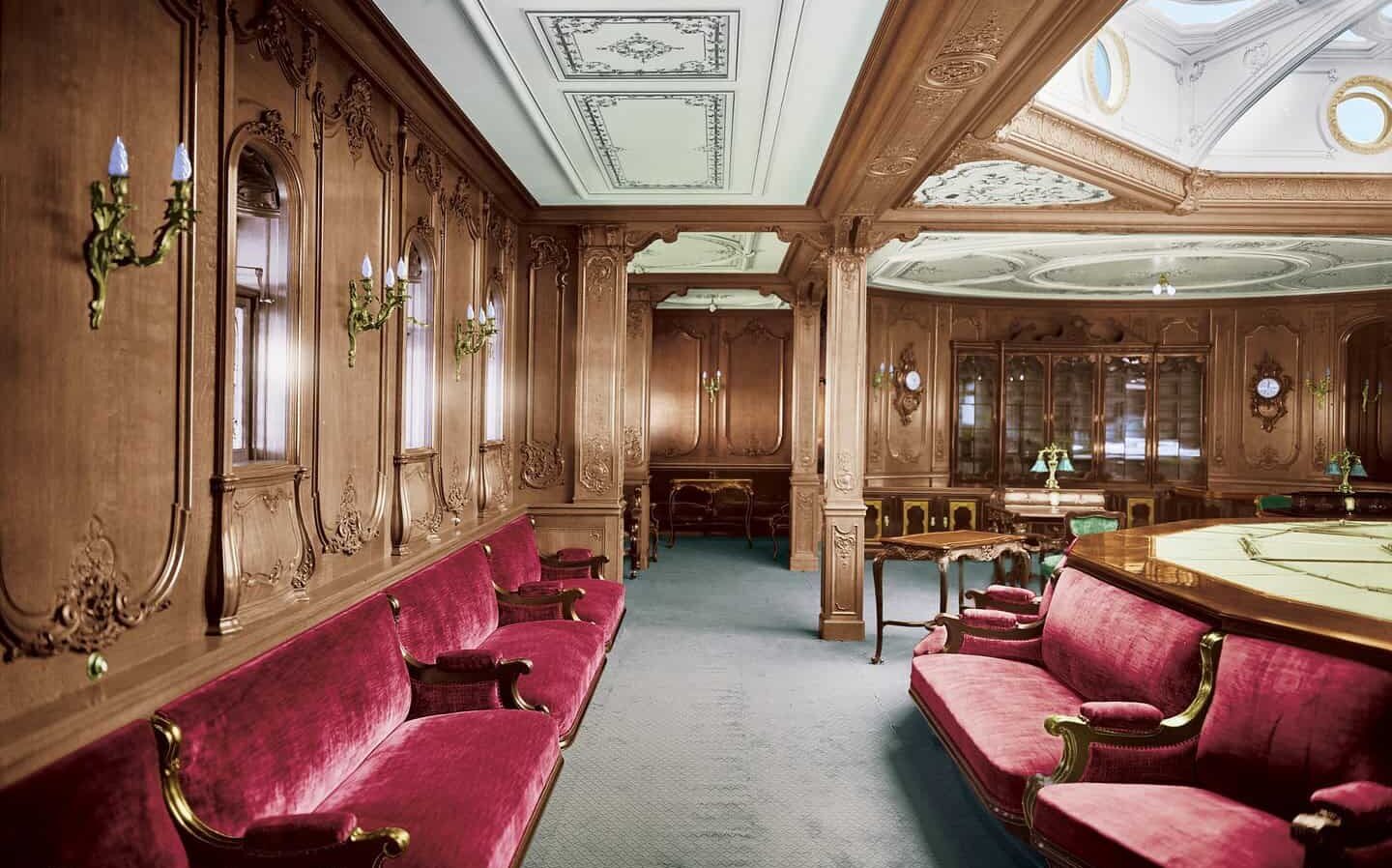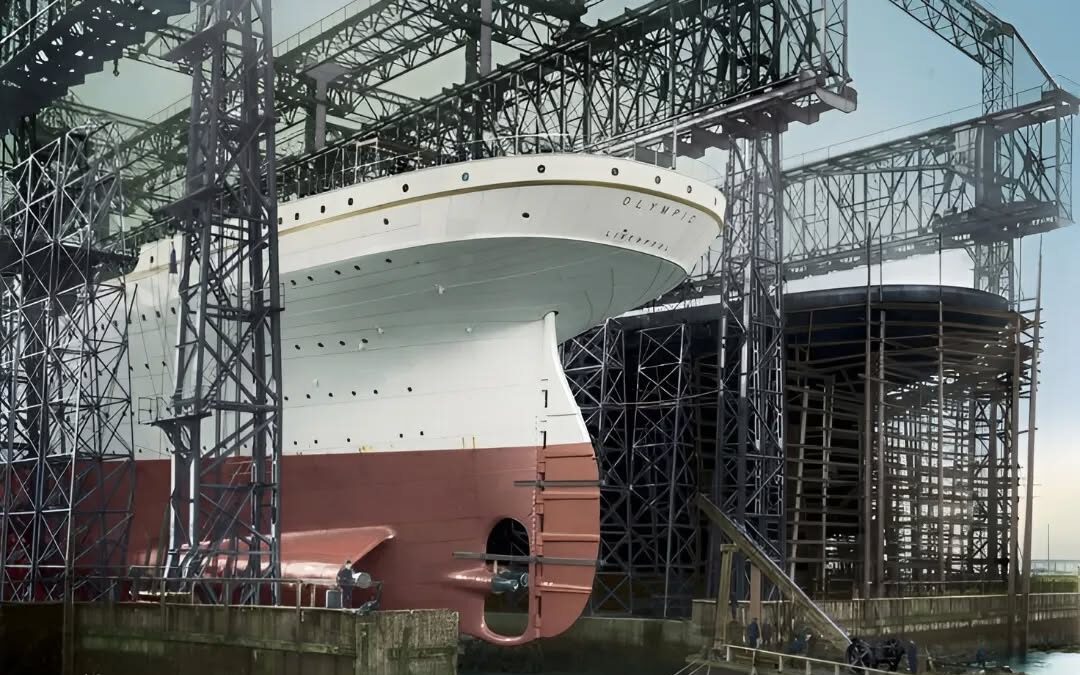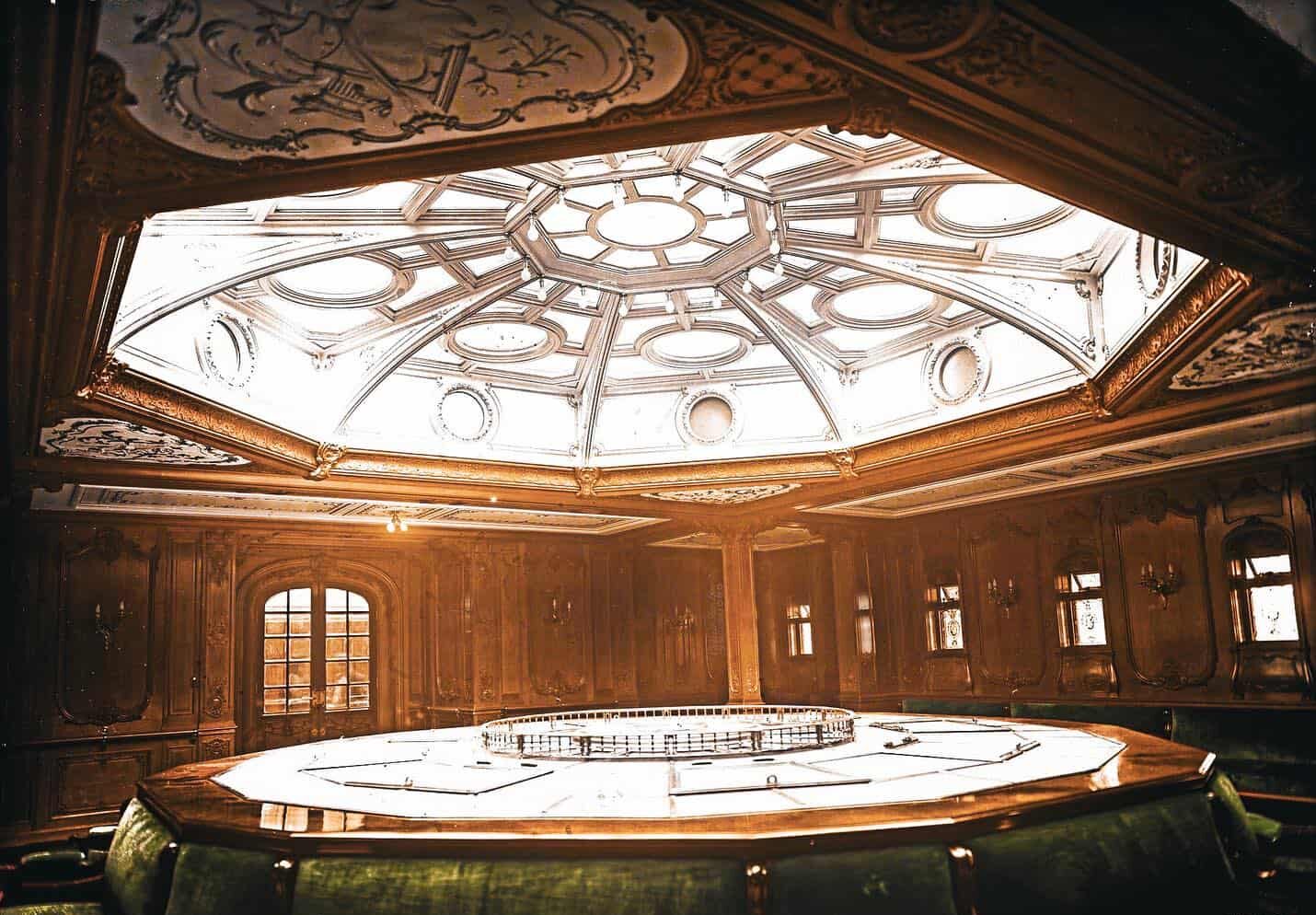The RMS Oceanic, a marvel of maritime engineering, was once the largest ship in the world. Built for the White Star Line, she embarked on her maiden voyage on 6 September 1899.
Her grandeur and historical significance are noteworthy as she transitioned from a luxurious ocean liner to an armed merchant cruiser during World War I.
This blog post explores 10 remarkable facts about the RMS Oceanic, shedding light on her construction, service, and ultimate fate.
1. Largest Ship of Its Time
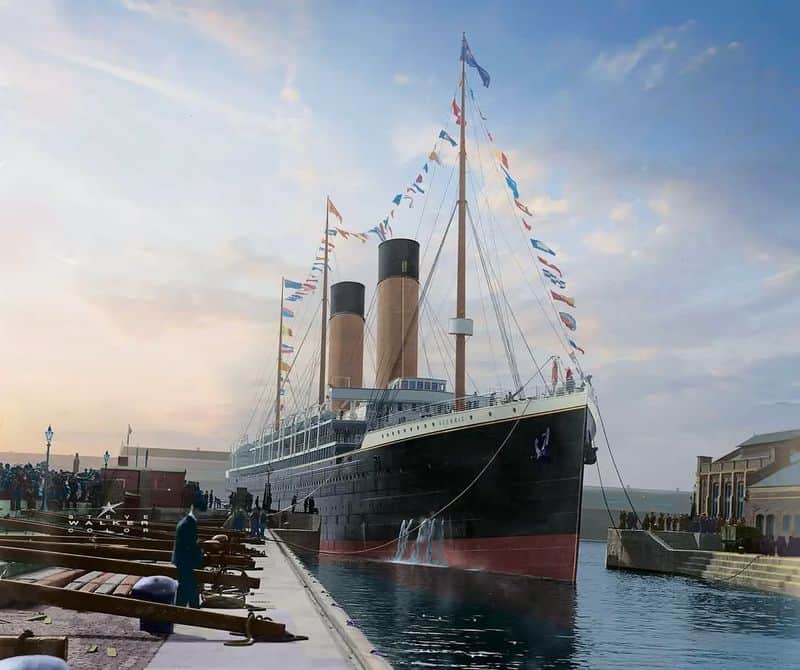
The RMS Oceanic was an engineering marvel of her time. Launched in 1899, she held the title of the largest ship in the world until 1901.
Her design was a perfect blend of luxury and functionality. Passengers could enjoy spacious cabins with elegant furnishings.
Her decks were expansive, offering ample space for leisure activities. The ship was also equipped with state-of-the-art navigation tools, ensuring a safe journey across the Atlantic.
This massive liner epitomized the grandeur of the White Star Line, setting new standards for maritime travel in the late 19th century.
2. Maiden Voyage
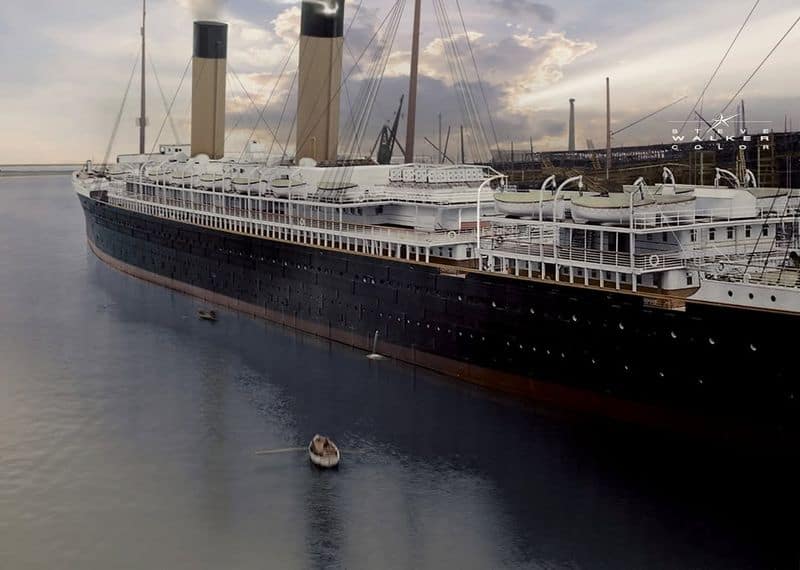
On 6 September 1899, the RMS Oceanic set sail on her maiden voyage from Liverpool to New York. This journey marked the beginning of her illustrious career.
Passengers aboard were treated to an unprecedented level of comfort and luxury. The ship’s interiors were lavishly decorated with fine art and plush furnishings.
Many travelers were awestruck by the opulence that surrounded them.
As Oceanic glided through the waters, she demonstrated not only her speed but also her stability, making her a popular choice for transatlantic travel.
Her debut voyage was a celebrated event.
3. World War I Service
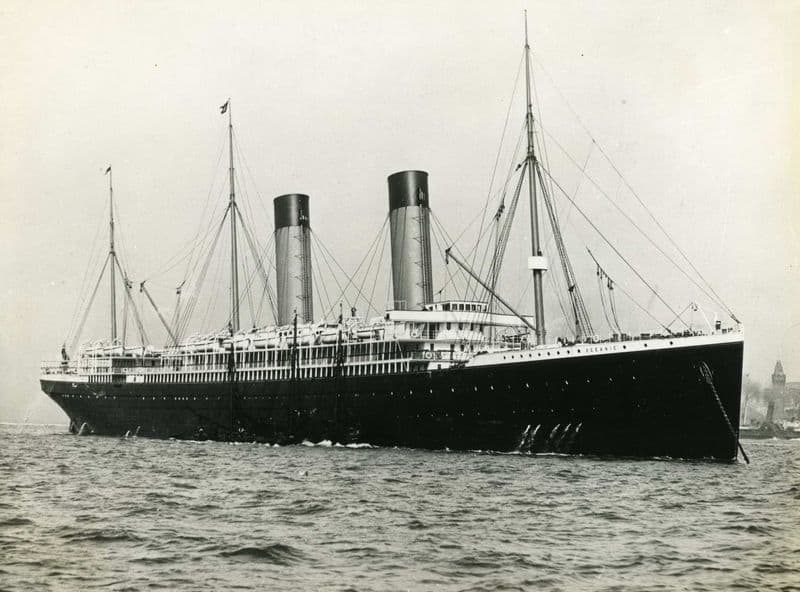
With the onset of World War I, the RMS Oceanic was repurposed as an armed merchant cruiser. She was commissioned into Royal Navy service on 8 August 1914.
Her new role involved patrolling the waters from the North Scottish mainland to the Faroe. As HMS Oceanic, she was armed and ready for military duties.
Her transformation from a luxury liner to a warship showcased her versatility.
This change was crucial for the British naval strategy, as she played a key role in securing the seas during the early months of the war.
Her contribution was invaluable.
4. Tragic Wreck
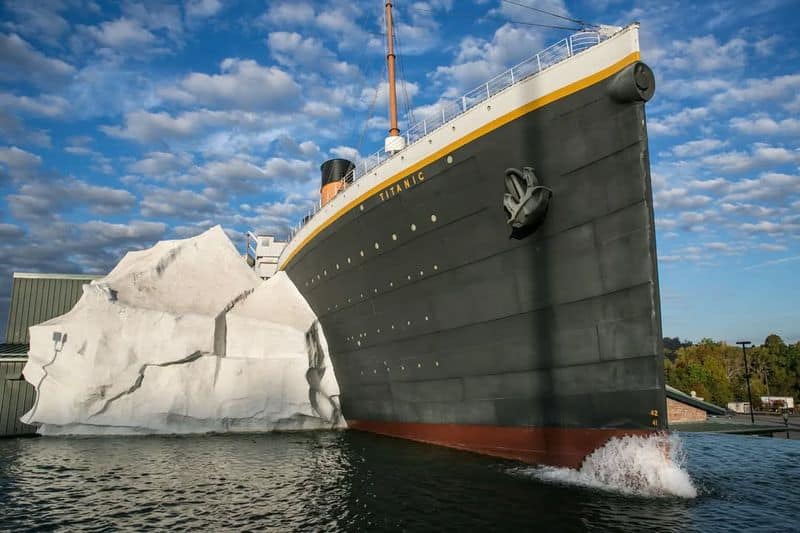
The HMS Oceanic met a tragic end when she ran aground on 8 September 1914. Navigational errors led to her wrecking off the island of Foula in the Shetland Islands.
The incident occurred just a month after she was commissioned into war service. Despite efforts to salvage the vessel, she was declared a total loss.
Her demise was a significant blow to the Royal Navy.
The wreck of Oceanic remains a poignant reminder of the risks of wartime naval operations. It marked the end of an era for this once-magnificent ship.
5. Luxurious Interiors
The interiors of the RMS Oceanic were the epitome of luxury. Passengers marveled at the grand staircase, reminiscent of opulent palaces.
The dining rooms featured exquisite woodwork and chandeliers, creating an ambiance of sophistication. Cabins were spacious and adorned with fine fabrics, ensuring comfort for all.
Public spaces included elegant lounges where travelers could socialize or relax.
The attention to detail in the ship’s design reflected the White Star Line’s commitment to offering unparalleled luxury.
Oceanic’s interiors set a benchmark in maritime elegance, attracting elite passengers from around the globe.
6. Innovative Design
The RMS Oceanic was a testament to innovative ship design. Her construction incorporated advanced technologies of the late 19th century.
The ship featured a steel hull, which provided strength and durability. Her engines were powerful, allowing for a swift and smooth transatlantic crossing.
Oceanic also boasted improved safety features, including watertight compartments. These innovations ensured her reliability and efficiency.
The ship’s design was a reflection of the era’s industrial advancements, pushing the boundaries of maritime engineering.
Oceanic set a new standard for future ocean liners, influencing shipbuilding for years to come.
7. First-Class Experience
Travelers in the first-class section of the RMS Oceanic enjoyed an unparalleled experience.
The dining rooms were the height of elegance, offering gourmet meals prepared by top chefs. Passengers dined under glittering chandeliers, surrounded by fine art.
The cabins were spacious and fitted with every amenity one could desire. Social events, including dances and concerts, added to the allure of the journey.
The White Star Line spared no expense in ensuring first-class passengers received royal treatment.
This dedication to luxury made Oceanic a preferred choice among the wealthy and influential.
8. Engineering Feat
Building the RMS Oceanic was an engineering feat of its time. Her construction took place at Harland & Wolff shipyards in Belfast.
Skilled workers meticulously assembled her massive hull and intricate structures. The shipyard buzzed with activity as thousands contributed to this monumental project.
Oceanic’s size and complexity required innovative solutions and precise coordination. The successful completion of her construction was a testament to human ingenuity and perseverance.
As she finally launched, the world witnessed a new era in maritime travel. Oceanic’s creation was celebrated as a triumph of industrial capability.
9. Historical Significance
The RMS Oceanic holds a significant place in maritime history. As the largest ship of her time, she represented the pinnacle of shipbuilding innovation.
Her service during World War I further cemented her legacy. Oceanic’s transition from a luxury liner to a warship exemplified adaptability.
Her contributions to both civilian and military efforts are noteworthy. The ship’s story reflects the broader narrative of technological advancement at the turn of the century.
Oceanic’s impact on maritime travel and naval operations remains a subject of interest and admiration among historians.
10. Cultural Impact
The cultural impact of the RMS Oceanic extended beyond her voyages. She was a symbol of progress and luxury, capturing the imagination of the public.
Her presence in ports drew crowds eager to witness her grandeur. Stories of her voyages were popular among maritime enthusiasts.
Oceanic also influenced popular culture, inspiring artworks and literature.
Her transformation during World War I added to her intrigue, as she played a crucial role in naval history.
The ship’s legacy continues to resonate, exemplifying the spirit of an era defined by innovation and exploration.

